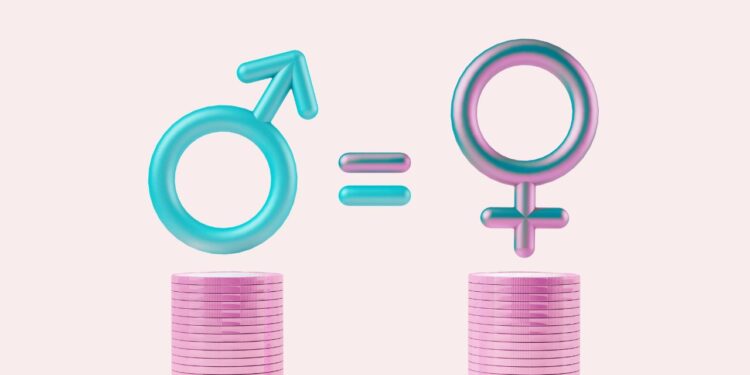What’s going on:
Recent data from the Bureau of Labor Statistics indicates that the gender pay gap between Men and Women is shrinking, reflecting progress in addressing inequality in the workforce. The U.S. Bureau of Labor Statistics data also reveals that women who are working fulltime had median weekly earnings of $1,001 last quarter, about 84% of the $1,185 male median, according to Axios.
Employment rates among women in the workforce are also setting historic high levels. Approximately 75% of women between ages 25 and 54 are now employed, according to Axios.
Why it matters:
The rise in employment rates among women in addition to the shrinking gender pay gap are pivotal developments in the U.S. labor market. These changes reflect a gradual fading of older practices and other structural barriers that have historically hindered women’s progress in the workforce. The fact that Women are returning to work at higher wage rates than before sheds positive light on the resiliency of the U.S. labor market.
How it’ll impact the future:
As more women enter the workforce and earn higher wages, this could stimulate economic growth and lead to a more equitable distribution of wealth.
If the gender pay gap continues to shrink, then the modern workforce will likely encounter a more balanced and diverse labor market in the future. This could lead to a more competitive labor market, as employers will strive to attract and retain top female talent. Additionally, the increased earning influence of women in the workforce might have long term impacts on specific career paths, potentially leading to a shift in traditionally male-dominated sectors.


 Dr. Gleb Tsipursky – The Office Whisperer
Dr. Gleb Tsipursky – The Office Whisperer Nirit Cohen – WorkFutures
Nirit Cohen – WorkFutures Angela Howard – Culture Expert
Angela Howard – Culture Expert Drew Jones – Design & Innovation
Drew Jones – Design & Innovation Jonathan Price – CRE & Flex Expert
Jonathan Price – CRE & Flex Expert











